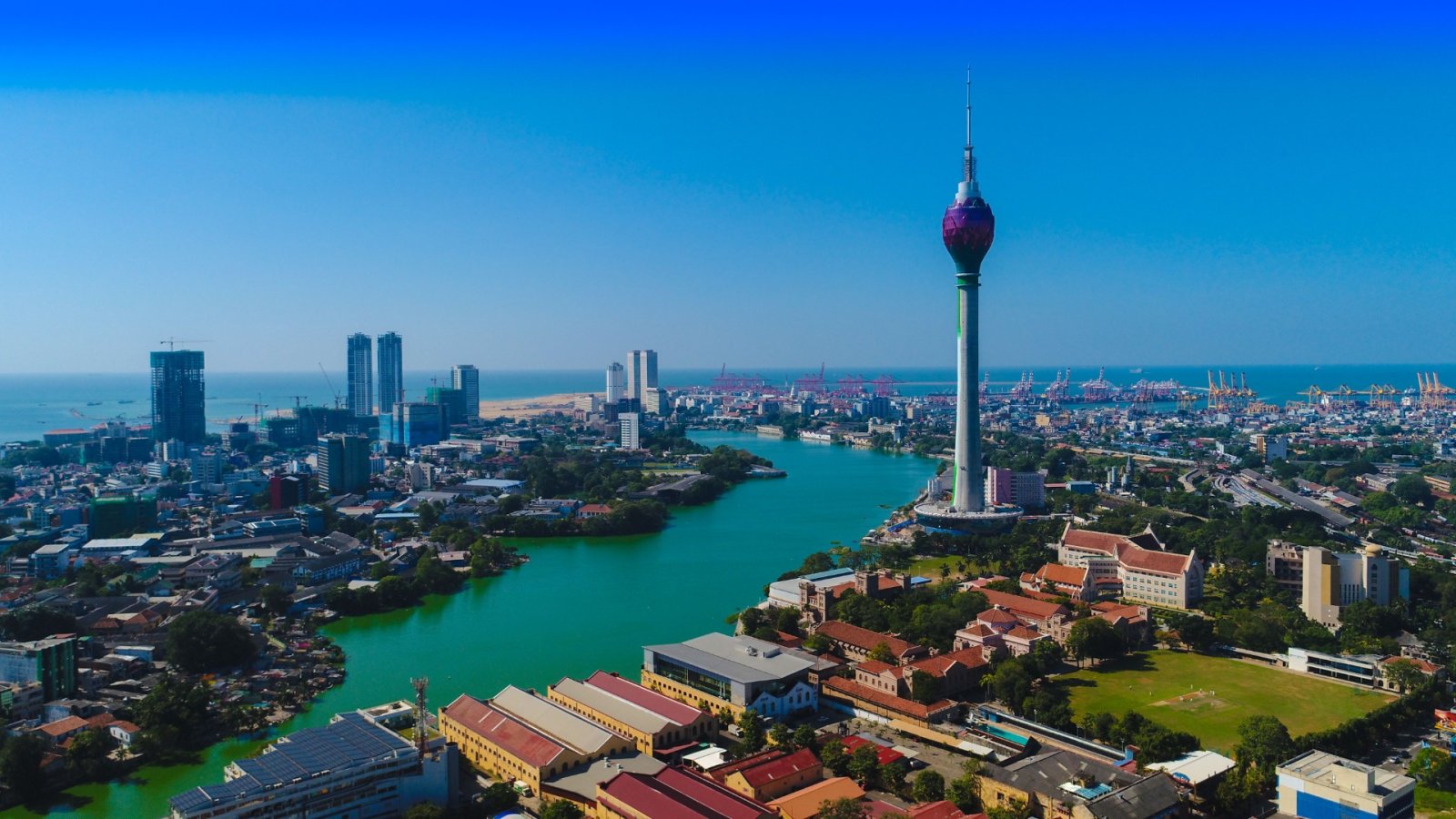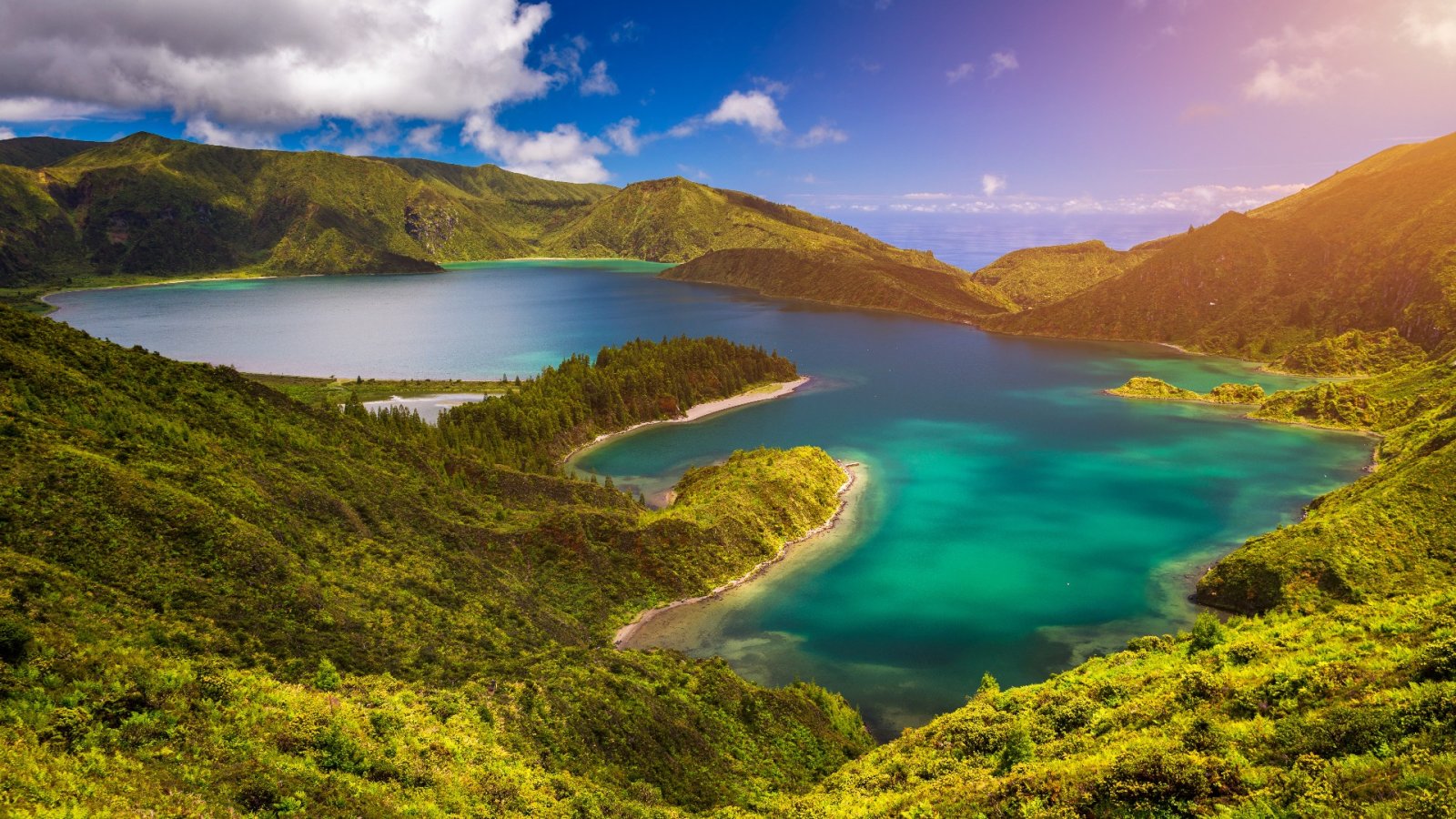As famosas ilhas dos Açores são difíceis de identificar no mapa. As nove ilhas estão localizadas a cerca de 1500 km da costa de Portugal, no Oceano Atlântico. Cada pequena ilha compartilha paisagens fascinantes, arquitetura e culinária locais únicas e excelente hospitalidade dos habitantes locais.
Apesar de pertencerem a Portugal, as ilhas dos Açores preservam a sua própria cultura insular bem diferente da vibe continental. Desde que os primeiros habitantes locais chegaram às ilhas, tornando-as seu lar durante o século 15, eles tentaram combinar o estilo de vida sustentável da ilha enquanto aprendiam como coabitar nas ilhas e domar a natureza selvagem local e as atividades geológicas. Quatro dos Açores são regiões protegidas pela Reserva da Biosfera da UNESCO. A beleza que a actividade vulcânica deixa para trás e as paisagens dramáticas que os Açores oferecem têm atraído entusiastas a visitar os Açores.
Abaixo, as ilhas dos Açores são vistas separadamente e apresentadas como um destino de viagem único para quem sonha com espaços de terra isolados e experiências únicas.
corvo
A ilha do Corvo situa-se no extremo norte dos Açores. Vila do Porto é conhecida por ter albergado a primeira comunidade permanente de meados a finais do século XVI, tendo albergado cerca de 450 residentes. A paisagem do Corvo é principalmente conhecida pela sua caldeira, que ficou para trás quando uma caldeira com um quilómetro de comprimento e 430.000 anos afundou. O Corvo faz parte da Reserva da Biosfera da UNESCO. O estatuto de ilha protegida reconhece a paisagem vulcânica extraordinariamente conservada aliada às atividades antropológicas.
O Corvo e a vizinha ilha das Flores foram os principais nós de navegação
nos séculos XVI e XVII porque forneceram rotas para navios que navegavam nas correntes de vento entre Portugal continental e suas colônias brasileiras.
pico
Também chamada de Ilha dos Pombos antes do século XV, o Pico e as ilhas vizinhas formam um triângulo de lugares geograficamente e culturalmente próximos. Estas três ilhas foram ocupadas por volta de 1460 sob a liderança do flamengo Josse van Huerter. Fugindo da destruição da Guerra dos Cem Anos, Josse pediu aos compatriotas que o acompanhassem e construíssem os moinhos de vento ao redor da ilha.
Mas o monumento natural mais fascinante da ilha é a Montanha do Pico: um enorme estratovulcão de 2351m que domina a geografia. Esta é uma ilha de intrigantes paisagens vulcânicas, onde poderá observar algumas das mais impressionantes formações lávicas dos Açores. Além disso, você também encontrará aqui grutas, túneis e arcos. A sul, encontram-se as grutas lávicas da Gruta das Torres, formadas há 1500 anos.
santa maria
A ilha mais ensolarada dos Açores, onde se encontram algumas das melhores praias do arquipélago. Na verdade, é um destino de férias popular para muitos habitantes locais. E é a ilha mais antiga de todas, com um relevo muito diverso das outras ilhas vulcânicas como o Pico. Os primeiros vulcões que criaram a ilha tiveram tempo de se deteriorar em deliciosos penhascos, enseadas escondidas e pitorescas cordilheiras marítimas. Outra coisa histórica interessante sobre esta ilha é que o famoso Cristóvão Colombo veio aqui em 1493, voltando das Américas e a ilha foi habitada pela primeira vez em 1439. A ilha também é conhecida por seu artesanato de colcha de retalhos. Se gosta de vinhos e licores doces, está com sorte porque são produzidos em Santa Maria.
E se sonha com grandes caminhadas, a circular Grande Trilhos de Santa Maria é uma excelente forma de descobrir os trilhos à beira-mar da ilha. Mas espere: fica melhor! Santa Maria é um dos destinos mais famosos para mountain bike no mundo.
faial
Ilhas Trangulo, que traduzido livremente significa o triângulo das ilhas, compreende o grupo central dos Açores, Pico, São Jorge e Faial.
As três ilhas datam aproximadamente da década de 1460, quando marinheiros abrigados em Porto Pim começaram a se instalar na área e estabelecer o que mais tarde se tornou a atual cidade portuária da Horta.
Horta deve ter derivado de 'Huerter', como Josse van Hurter, o capitão flamengo da ilha. O nome também pode ter origem na palavra latina 'Horta' que significa horticultura - referindo-se ao desenvolvimento do cultivo de trigo e cereais que estabeleceram a economia da ilha.
O Faial teve um lugar surpreendentemente significativo na história do Atlântico. Importante ponto de abastecimento dos navios portugueses que transportavam ouro brasileiro nos séculos XVI e XVII. Mais tarde, no século XIX, o Faial foi um importante centro de cabos telegráficos que ligavam a Europa aos EUA, bem como um ponto de aterragem de aviões que faziam as suas primeiras rotas transatlânticas.






